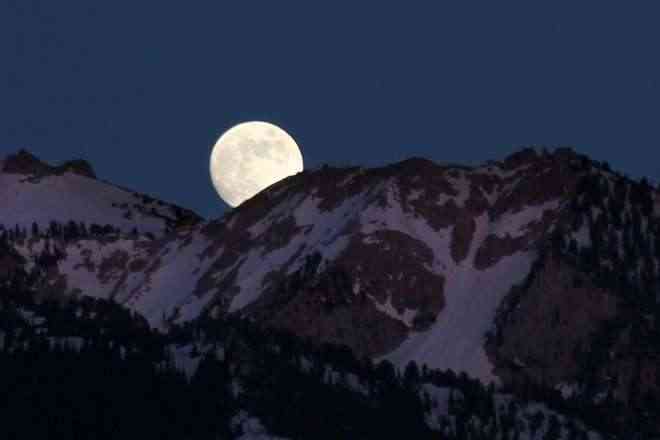Supermoon: While the world is gearing up for the Supermoon sighting on Tuesday night, according to the Dark Sky Project’s astronomy guide, New Zealand would not be able to view the Supermoon when it is at its closest, even as some New Zealanders clicked pictures of the Supermoon rising on Tuesday evening. The moon will be 95% illuminated on the night intervening Tuesday and Wednesday.
What exactly do we mean by the term ‘Supermoon’?
Supermoon, while not an official astronomical term, refers to the phenomenon of a full Moon which occurs at the time when it is at the point of its orbit closest to the Earth, therefore appearing the biggest ever. However, even at its closest, the Moon will be over 3.5 lakh kilometres away from the Earth.
Why won’t New Zealanders be able to see the Supermoon?
The visibility of the Supermoon depends on the weather at the time, and for avid moon-watchers in New Zealand, the forecast does not seem favourable. According to the MetService website, the night in Auckland, Christchurch and Wellington is predicted to be cloudy, with the conditions expected to prevail on Wednesday as well.
A report in the New Zealand news organisation Stuff has stated that meteorologist Tahlia Crabtree suggested that to get the best view of the phenomenon, viewers should catch it at 6 am New Zealand time, which is just before the Moonset, to view the Supermoon as well as see the Sunrise.
Supermoon 2020: Some facts
The Supermoon on Tuesday would be the second Supermoon of the year, with the first having occurred on March 10 and the last scheduled to take place on May 7. According to NASA, this will be the largest of full Moons this year. Also termed as “Pink Moon”, this Supermoon marks the first full moon of the Spring season. In India, the NASA website states, that most people are relating this full Moon to the Hanuman Jayanti, marking the birth of Lord Hanuman.
Why is this full Moon being called Pink Moon?
According to NASA, the name Pink Moon comes from the herb moss pink, which is one of the earliest widespread flowers to start growing in the Spring and is native to the eastern US.

